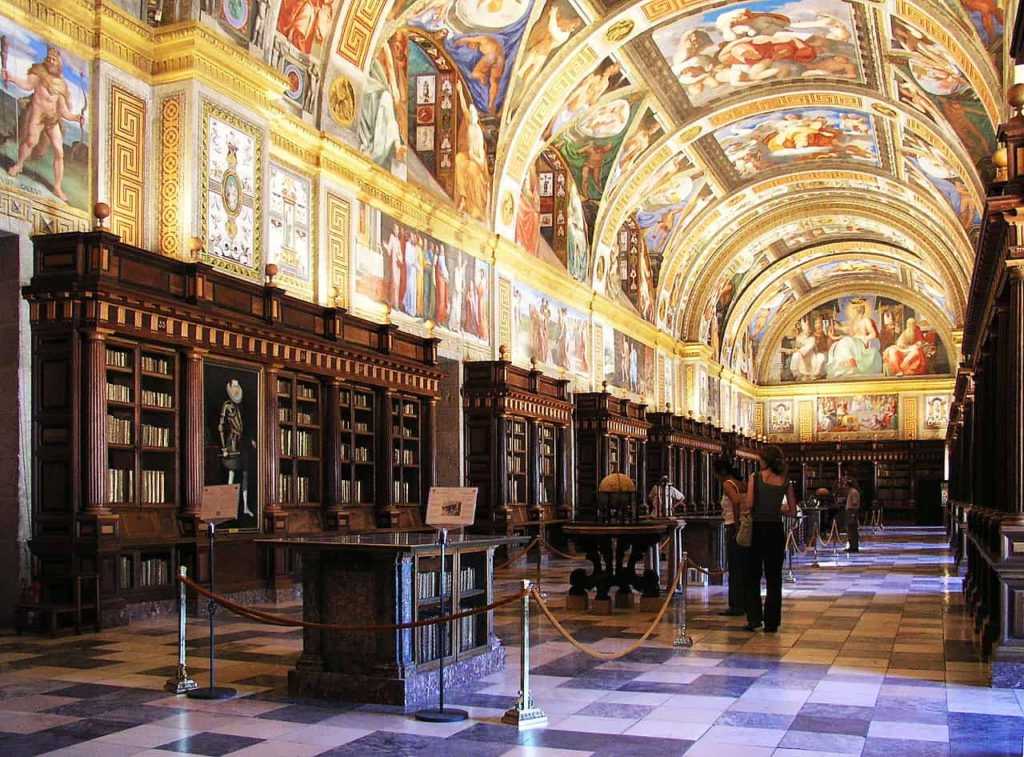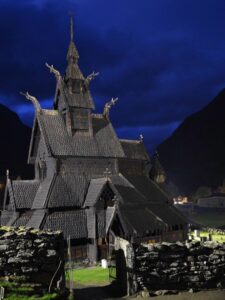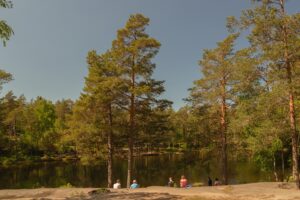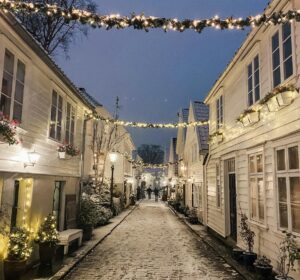El Escorial in Madrid: Royal Monastery and Residence
Nestled in the foothills of the Sierra de Guadarrama, about 45 kilometers northwest of Madrid, lies the majestic El Escorial. This UNESCO World Heritage Site is a sprawling complex that serves as a monastery, royal palace, museum, and school. Known for its architectural grandeur and historical significance, El Escorial is a must-visit for anyone exploring the rich cultural tapestry of Spain.
What to See at El Escorial
El Escorial is a treasure trove of art, history, and architecture. The complex is centered around the Royal Monastery, which is a stunning example of Renaissance architecture. Visitors can explore the Basilica, with its impressive dome and intricate frescoes, and the Royal Pantheon, where many Spanish monarchs are buried. The Library is another highlight, housing thousands of ancient manuscripts and books, with a ceiling adorned with beautiful frescoes.
The Palace of the Habsburgs offers a glimpse into the royal life of the past, with its opulent rooms and exquisite art collections. The Hall of Battles is particularly fascinating, featuring large frescoes depicting significant military victories. The Gardens of the Friars provide a serene escape, offering panoramic views of the surrounding mountains and countryside.
A Bit of History and Interesting Facts
El Escorial was commissioned by King Philip II in the 16th century and was completed in 1584. It was intended to serve as a royal mausoleum, a monastery, and a symbol of the Spanish monarchy’s power. The design was influenced by the Renaissance style, with a focus on symmetry and simplicity, reflecting Philip II’s austere religious beliefs.
One interesting fact about El Escorial is its connection to the Battle of St. Quentin. The complex was built to commemorate the Spanish victory over the French in 1557. The layout of the building is said to resemble a gridiron, in honor of St. Lawrence, who was martyred on one. This is why the feast day of St. Lawrence, August 10, is celebrated with special significance at El Escorial.
Getting There and Tips for First-Time Visitors
Reaching El Escorial from Madrid is relatively easy. You can take a Cercanías train from Atocha or Chamartín stations to El Escorial station, which takes about an hour. From there, it’s a short bus ride or a pleasant 15-minute walk to the complex. Alternatively, you can drive, which takes around 45 minutes, depending on traffic.
For first-time visitors, it’s advisable to allocate at least half a day to explore El Escorial thoroughly. Guided tours are available and can enrich your experience with detailed insights into the history and significance of the site. Wear comfortable shoes, as there’s a lot of walking involved, and consider visiting on a weekday to avoid the weekend crowds. Don’t forget to check the opening hours and any special events that might be taking place during your visit.








